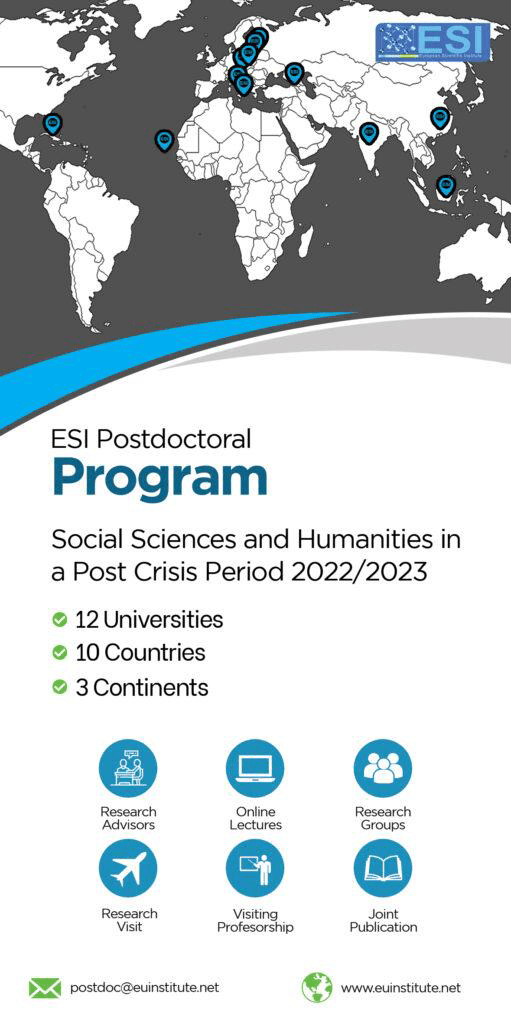Évaluation des pratiques d'hygiène des mains chez le personnel des urgences: impact d’une intervention de sensibilisation multimodale
Abstract
Les infections associées aux soins (IAS) représentent un problème de santé publique mondial. Selon l’OMS, elles touchent entre 5 et 15 % des patients hospitalisés. L’hygiène des mains est la première mesure de prévention. Toutefois, dans les services d’urgence, la pression temporelle et la charge de travail rendent difficile l’application rigoureuse de cette pratique. Ce travail s'intéresse à l'évaluation de l’impact d’un programme de sensibilisation sur l’amélioration de l’observance de l’hygiène des mains dans un service des urgences. L’Objectif de notre travail était d’évaluer l’impact d’un programme de sensibilisation multimodal sur les pratiques d’hygiène des mains chez le personnel du service d’urgence. Méthodologie: Étude avant-après menée au service des urgences de l’hôpital régional de Jendouba. Population : personnel soignant (médecins, infirmiers, aides-soignants). Données collectées par observation directe selon le protocole OMS, questionnaires, et audit de consommation de SHA. Intervention : formation brève, affichage, distribution de flacons, feedbacks. Résultats: Avant l’intervention, le taux global de conformité à l’hygiène des mains était de 42 %. Les taux les plus bas étaient observés après un contact avec l’environnement du patient (30 %). Après intervention, le taux global est monté à 68 %, avec une amélioration significative pour les cinq moments. La consommation de SHA est passée de 2,5 L à 4,2 L par Les questionnaires ont montré une meilleure connaissance et une réduction des freins perçus. Discussion: Les résultats confirment l'efficacité d’une intervention multimodale. L’amélioration des taux de conformité est cohérente avec les données internationales. La simplicité des mesures (formation courte, affichage, feedback) les rend applicables à d’autres services. Des limites incluent la courte durée de suivi, le biais d’observation et le manque de mesure du lien direct. Conclusion: Ce travail démontre qu’une intervention ciblée permet d'améliorer significativement l’hygiène des mains aux urgences. L'intégration durable de telles actions dans la culture du service est essentielle pour réduire les infections nosocomiales.
Healthcare-associated infections (HAIs) represent a worldwide public health problem. According to the WHO, they affect between 5% and 15% of hospitalized patients. Hand hygiene is the most important preventive measure. However, in emergency departments, time pressure and workload make it difficult to apply this practice rigorously. This dissertation focuses on evaluating the impact of an awareness-raising program on improving hand hygiene compliance in an emergency department. The objective of our work was to evaluate the impact of a multimodal awareness program on hand hygiene practices among staff in the emergency department. Methodology: Before-and-after study conducted at the emergency department of Jendouba regional hospital. Population: nursing staff (doctors, nurses, orderlies). Data collected by direct observation according to the WHO protocol, questionnaires, and audit of SHA consumption. Intervention: brief training, posters, distribution of bottles, and feedback. Results: Before the intervention, the overall compliance rate for hand hygiene was 42%. The lowest rates were observed after contact with the patient's environment (30%). After intervention, the overall rate rose to 68%, with a significant improvement at all five times. The consumption of SHA increased from 2.5 L to 4.2 L per person. The questionnaires showed improved awareness and a reduction in perceived barriers. Discussion: The results confirm the effectiveness of a multimodal intervention. The improvement in compliance rates is consistent with international data. The simplicity of the measures (short training, display, and feedback) makes them applicable to other services. Limitations include short follow-up time, observation bias and lack of direct link measurement. Conclusion: This work demonstrates that a targeted intervention can significantly improve hand hygiene in emergency departments. The sustainable integration of such actions into the culture of the department is essential to reducing nosocomial infections.
Downloads
Metrics
References
2. Angurana, S. K., et al. (2022). Hand Hygiene Compliance in Pediatric Emergency of a Tertiary Care Teaching Hospital. Frontiers in Pediatrics, 10, 869462. https://doi.org/10.3389/fped.2022.869462
3. Bellissimo-Rodrigues, F., Pires, D., Soule, H., Gayet-Ageron, A., & Pittet, D. (2017). Assessing the likelihood of hand-to-hand cross-transmission of bacteria: an experimental study. Infection Control & Hospital Epidemiology, 38(5), 553–558. https://doi.org/10.1017/ice.2017.24
4. Bouafia, A., Ben Miled, A., & Trabelsi, I. (2011). Infections associées aux soins : enjeux et prévention. Revue Française des Laboratoires, 437, 25–31.
5. Carter, E. J., et al. (2015). Environmental Factors and their Association with Hand Hygiene Compliance in the Emergency Department. Infection Control & Hospital Epidemiology, 36(9), 1043–1049. https://doi.org/10.1017/ice.2015.141
6. Clancy, C., et al. (2021). Hand-hygiene-related clinical trials reported between 2014 and 2020: A systematic review. Journal of Hospital Infection, 108, 1–9. https://doi.org/10.1016/j.jhin.2020.10.015
7. Erasmus, V., et al. (2010). Systematic review of studies on compliance with hand hygiene guidelines in hospital care. Infection Control & Hospital Epidemiology, 31(3), 283–294. https://doi.org/10.1086/651915
8. Gesser-Edelsburg, A., Greenberg, N., & Zukerman, R. (2014). Barriers to hand hygiene compliance among health care workers: a behavioral approach. American Journal of Infection Control, 42(10), 1022–1027. https://doi.org/10.1016/j.ajic.2014.06.010
9. Muller, M. P., et al. (2015). Hand Hygiene Compliance in an Emergency Department: The Effect of Crowding. Academic Emergency Medicine, 22(8), 934–939. https://doi.org/10.1111/acem.12754
10. Pittet, D., et al. (2000). Effectiveness of a hospital-wide programme to improve compliance with hand hygiene. The Lancet, 356(9238), 1307–1312. https://doi.org/10.1016/S0140-6736(00)02814-2
11. Rupp, M. E., et al. (2008). Hand hygiene practices in emergency departments: a multicenter observational study. Infection Control & Hospital Epidemiology, 29(5), 375–380. https://doi.org/10.1086/588085
12. Scheithauer, S., et al. (2013). Improving hand hygiene compliance in the emergency department: A multimodal approach. BMC Infectious Diseases, 13, 367. https://doi.org/10.1186/1471-2334-13-367
13. Sickbert-Bennett, E. E., Weber, D. J., & Gergen, M. F. (2016). Effect of compliance with hand hygiene on infection rates in intensive care units. American Journal of Infection Control, 44(6), 647–651. https://doi.org/10.1016/j.ajic.2015.12.015
14. Venkatesh, A. K., et al. (2011). Predictors of hand hygiene in the emergency department. Infection Control & Hospital Epidemiology, 32(8), 747–749. https://doi.org/10.1086/660705
15. Wałas, J., Gajda, M., & Białas, W. (2016). Hand hygiene in emergency departments: factors influencing adherence among medical staff. International Journal of Occupational Medicine and Environmental Health, 29(3), 437–446. https://doi.org/10.13075/ijomeh.1896.00625
16. Zottele, C., et al. (2017). Hand hygiene compliance of healthcare professionals in an emergency department. Revista da Escola de Enfermagem da USP, 51, e03242. https://doi.org/10.1590/S1980-220X2016035503242
Copyright (c) 2025 Neïla Maaroufi, Amina Jebali, Moufida Nouari

This work is licensed under a Creative Commons Attribution 4.0 International License.








